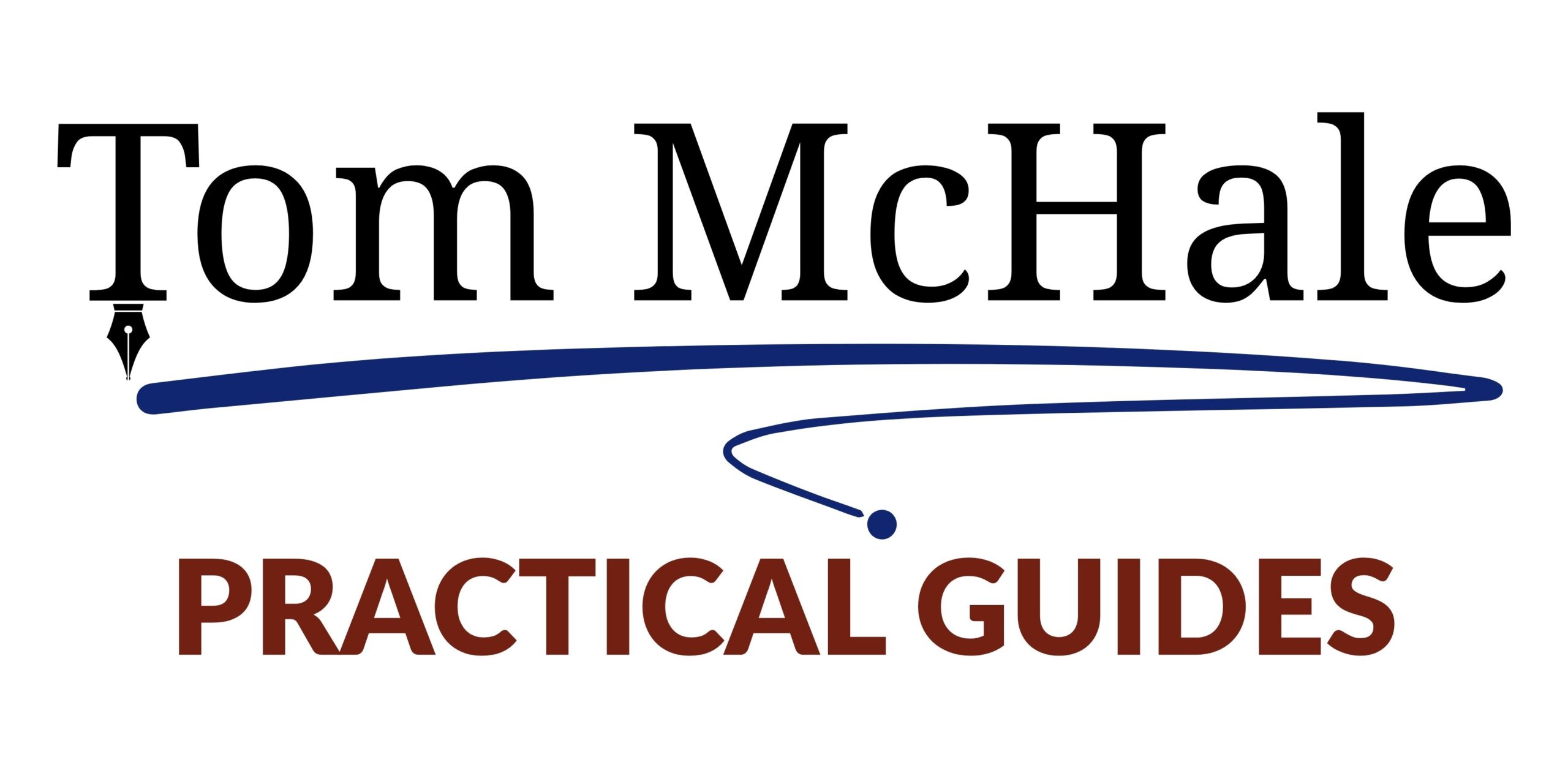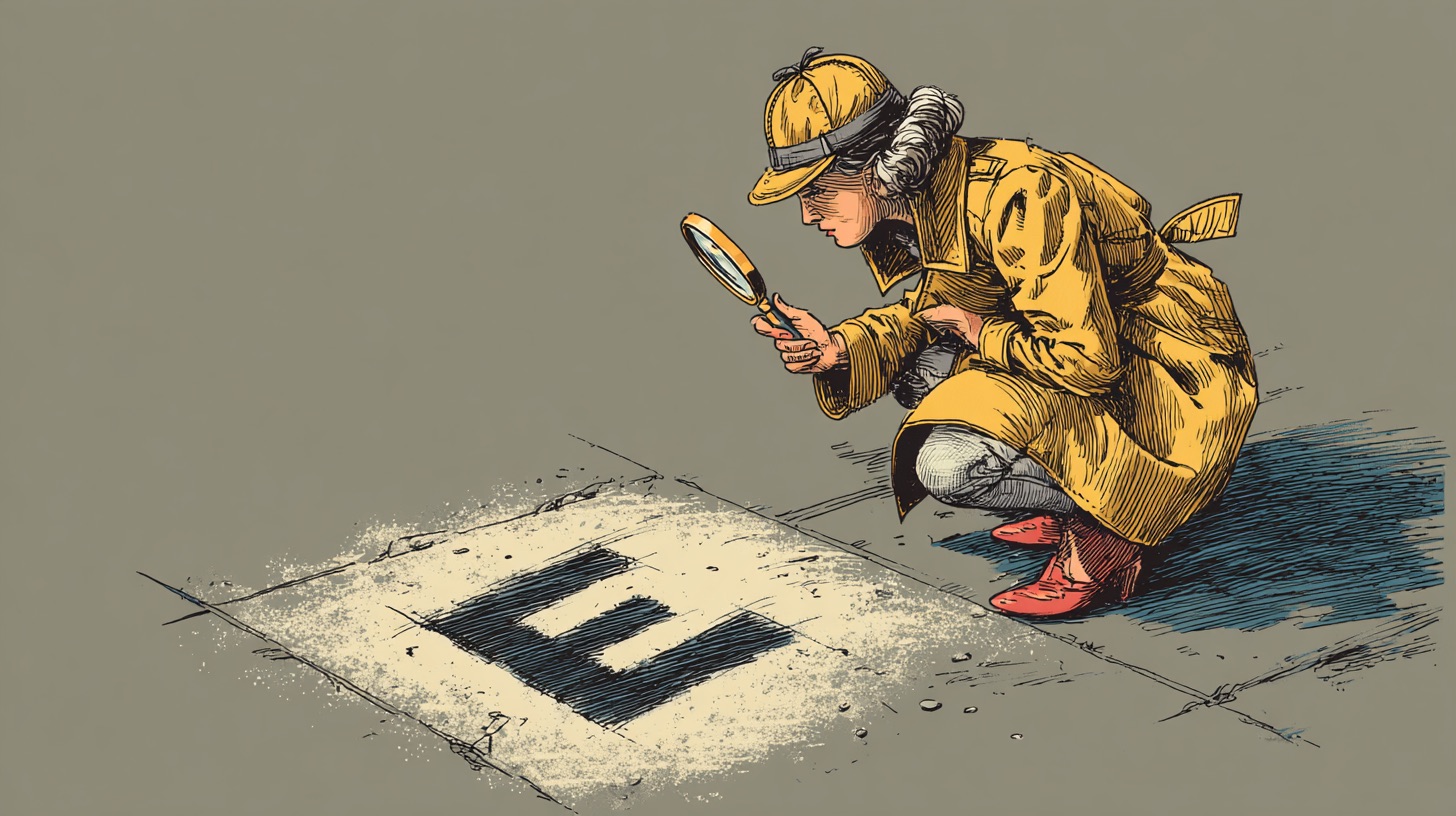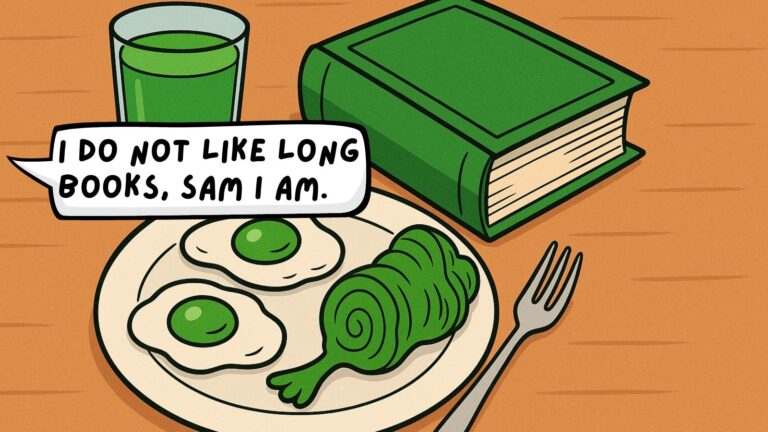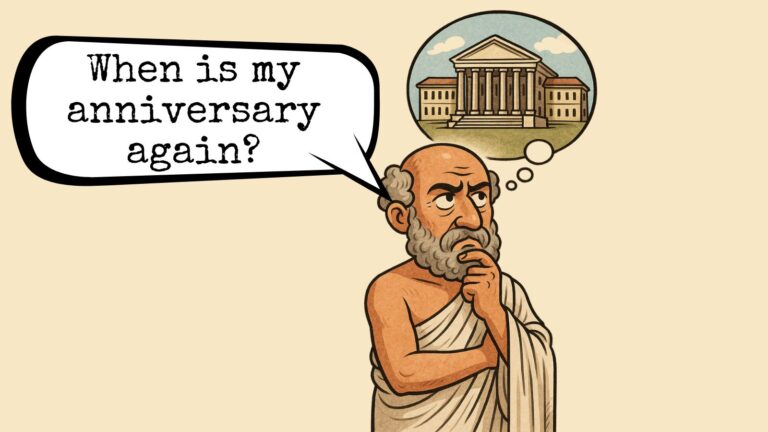I am studying a book, “Gadsby,” from 1939, as a trial in a craft approach known as Oulipo or artistic constraint.
If you’re on the ball today, you’ll notice the first sentence in this email does not contain the letter “e.” In fact, it’s not easy stringing together more than a couple of words without using the most common (by far) letter in the English language.
But back in 1939, Ernest Vincent Wright accepted the “hold my beer” challenge of writing a complete novel—without using a single instance of the letter “e.”
In fact, he made sure of it by, in his words, using this most physical method of constraint.
“The entire manuscript of this story was written with the E type-bar of the typewriter tied down; thus making it impossible for that letter to be printed.”
For you sticklers, his name doesn’t count as part of the book, so the “e” letters in Vincent and Ernest are legal!
E Time
How common is the “e” chosen so frequently in “Wheel of Fortune” that the producers started giving it to finalists as a freebie?
If you summed up all the characters of all the words in the English language, it would have a presence (three “Es” in that word, are you impressed?) in almost 13% of all those letters. If every letter were equal in terms of frequency, you’d expect just 3.8% usage. That’s one-twenty-sixth if you’re not in math mode today.
While it is impossible to nail down this number, a good rule of thumb suggests the average sentence will have ten to fifteen occurrences of e. That last sentence has 16, assuming I counted correctly. My accurate summation is not a given, as I ran out of fingers at ten.
Free Speech. And a Lot of the Letter E
I decided to perform an e-experiment and used my most recent book, The Practical Guide to Free Speech: The Common-Sense Guide to the First Amendment, as the unwilling subject.
The book is short and to the point, even though it summarizes all of the big freedom of speech court cases and is only about 108 pages long. And, to be clear, I made no effort to use more or fewer instances of the letter e.
Wanna guess how many times the letter e appears in there?
How about 14,571?
That’s out of approximately 21,000 words total.
Worth a Read
Read Gadsby. If nothing else, it’s a fascinating perspective on what the human mind can do under ridiculous constraints.
In fact, that’s where our creativity really shines. The Oulipo Method I mentioned at the beginning is a common tool used by creatives and problem solvers everywhere.
Want to think outside of the box? Place extreme constraints on your possible solutions and ideas. That’ll force your brain into overdrive to consider creative approaches.








